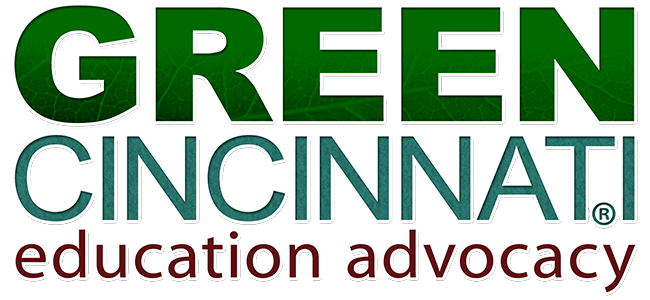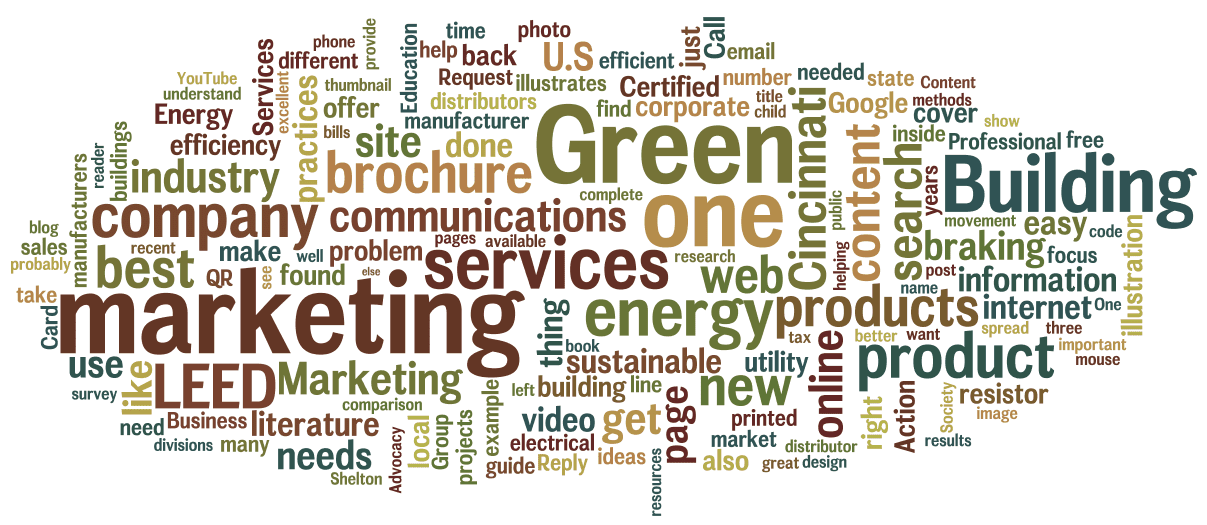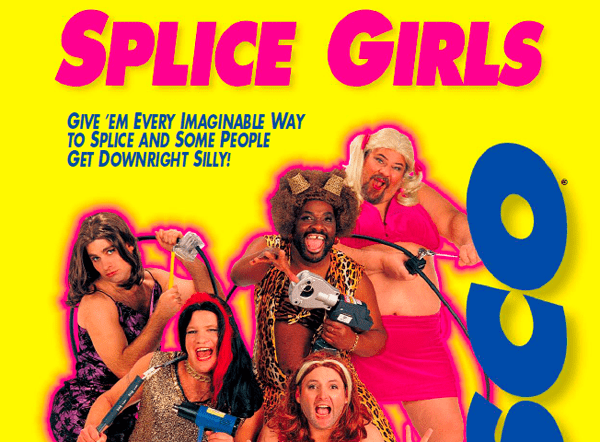Green Building products and services marketing communications are more educational and brand focused.
The marketing cycle stages are the same: audience, investigation, comparison, negotiation, sales and follow up. The Green Building movement has a passion and an involvement which is shaping the industry. The people that are receptive to Green marketing believe that Green products and services are better than others. Consumers select the standard that they believe in: The U.S. Green Building Council, Environmental Protection Agency (EPA) with their product certifications, Department of Energy (DOE) with their Energy Star Certifications and many other organizations are being adopted as trusted brands by the public. Wikipedia has a great page on Green marketing http://en.wikipedia.org/wiki/Green_marketing/.
Sustainable products and services by their very nature are more advanced and efficient. Everyone likes to save money and have a better quality of life; these are the major benefits of sustainable products and services. As energy costs rise and quality of life decreases; more and more people will be turning to sustainable practices to preserve their lifestyle. Education and the peer sharing of these inexpensive methods and practices will continue to grow the industry. We LEED Platinum Certified our office for $12 per square foot. In this blog post I’ll review the resources available to learn more about the market and the methods that are most successful.
Society for Marketing Professional Services (SMPS)

In 1977 a new industry came to being, marketing for architects, engineers and other professional services. The laws changed to allow advertising. The Society for Marketing Professional Services is an excellent resource for learning the best practices for marketing architectural and engineering services. Primarily the marketing department at those firms prepares proposals and complete state and federal forms to bid on projects. Especially helpful is their Marketing Handbook and its accreditation test Certified Professional Services Marketer exam. Everything from research to websites to events to exit interviews is included. If you offer architectural or engineering services this is a must have accreditation for one of your staff.
U.S. Green Building Council

The U.S. Green Building Council (USGBC) is how we found out about the Green Building movement in 2005. It’s a non-governmental non-profit that has assembled the best sustainable building practices into an easy to understand and implement certification system. We got involved with the local chapter by helping develop their web site and display materials. It also gave us an opportunity to offer classes to pass the USGBC Green Building exam and teach renewable energy classes at Cincinnati State Technical College. As with marketing any product, the best marketers have a deep and committed passion for the industry. This is represented by Certifying our office LEED Platinum, the highest level. We did all of the work on the project ourselves and now offer LEED documentation services for other projects.
Yuldeson Group

Jerry Yudeson is a pioneer in the Green Building marketing industry. He has written an excellent book, Marketing Green Buildings: Guide for Engineering, Construction & Architecture, and we highly recommend it. Jerry spoke at a Cincinnati Chapter of the Society of Marketing Professional Services educational breakfast in 2006. One of the major takeaways from the presentation was to seize the moment and take hold of this new and growing industry. Lohre & Associates has embraced this concept. Because it’s a unique industry and quite different from our traditional marketing communications firm, we registered “Green Cincinnati” and started our Green Cincinnati Education Advocacy division for Green Building services and marketing.
Green Cincinnati Education Advocacy
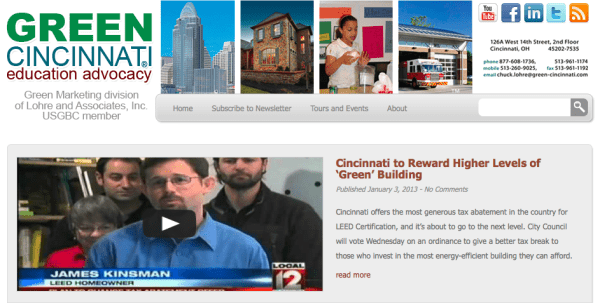
When we founded Green Cincinnati Education Advocacy in 2005 with the goal to help promote Green Building and provide the public with the resources needed to advocate for the U.S Green Building Council’s LEED Certification process, we wanted to focus on the products and services that would help design, build and maintain buildings that are trying to achieve Leadership in Energy and Environmental Design (LEED). The Green Building movement has many different meanings and we use that general term to describe our focus but underlining that is our dedication to the U.S. Green Building Council’s Certifications as the best in class.
Database of State Incentives for Renewables and Efficiency (DSIRE)
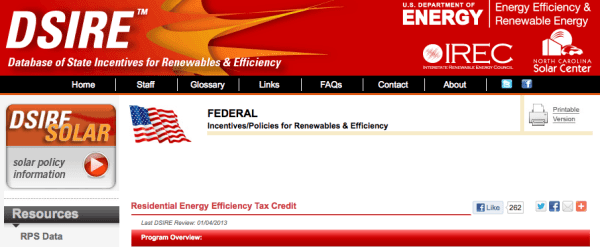
The single most important thing in marketing Green Building products is the grants, rebates, incentives, tax abatements and any other cash reduction methods. DSIRE is a great resource to find the state and federal incentives available. In Cincinnati we offer extended building property tax abatement to 15 years, the only one like it in the world. It has made Cincinnati a center for residential LEED design in the nation. The state of Ohio offers a Commercial building tax abatement extension of up to 12 years for LEED Certified projects. The state of Ohio requires that all school buildings be built to LEED Certification. The Federal government offers reduced interest rates to affordable housing projects if they are LEED Certified. An added incentive to those developers is that they are required to pay for the maintenance and utility bills for 15 years. All U.S. government buildings are required to be LEED Certified. LEED buildings by definition save at least 15% on energy bills.
Fostering Sustainable Behavior
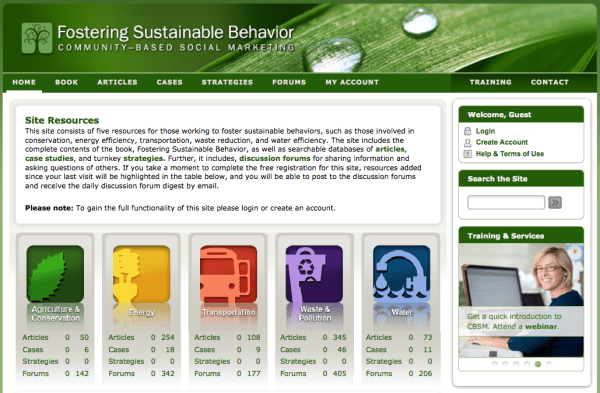
We learned about this the Community Based Social Marketing group from some employees of the City of Cincinnati. Their resources are excellent for uncovering the basic problems to changing behavior. For example, in one Mexican town the mothers wouldn’t use child seats in their cars because they believed that if God planned for them to be in an accident there was nothing they could do about it. The city leaders started having the local priests bless the child carriers and the marketing problem was solved. Other great ideas we learned from them were how to use your neighborhood to encourage recycling. It takes one neighbor persuading another to realize it’s easy to recycle. And as they can see, everyone else on their street is doing it as well.
Shelton Group

The Shelton Group has done a continuous survey of the U.S. since 2005 regarding the public perception and adoption of sustainable practices. Their research has shown a growth of interest in sustainable products up to 2010 and a leveling off after that. There is no obvious reason for this trend. They have also confirmed a time honored marketing method “humor.” Getting a person to laugh is the best way to have access to a few new neuron connections being made. Another important finding was that a household needs to make at least five energy efficient efforts to really see a difference in their utility bills. These things could be a programmable thermostat, storm windows, new windows, high efficiency HVAC, insulation, air sealing, and many others.
Yale Project on Climate Change – Anthony Leiserowitz
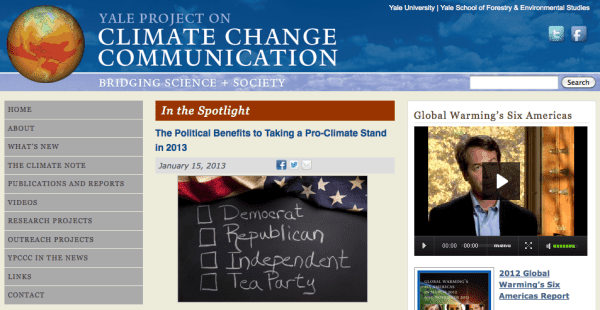
Professor Leiserowitz, like the Shelton Group has done research on public attitudes about environmental issues. The Yale Project identified easy to understand categories of the population. There are those that are early adopters of sustainable practices to those that see no problem with the environment. Bill Moyer’s recent interview is worth watching.
I’ll conclude this post with references to RESNET, Energy Star and your local utility; they represent the best home energy efficiency guides. Your local utility probably has a simple online questionnaire that will offer helpful ideas to make home improvements. There is talk about requiring all new mortgages to have energy assessments done and they will probably be sanctioned by the Residential Energy Services Network. Energy Star is part of the U.S. Department of Energy and one of the original energy efficiency certifications available to the homeowner. They also have a residential energy audit online like your local utility.
Request our free guide to Creative Marketing Communications,
Chuck Lohre’s AdVenture Presentation of examples and descriptions from Ed Lawler’s book of the same title – 10 Rules On Creating Business-To-Business Ads
(12-10-19 redirect from lohre.com)
